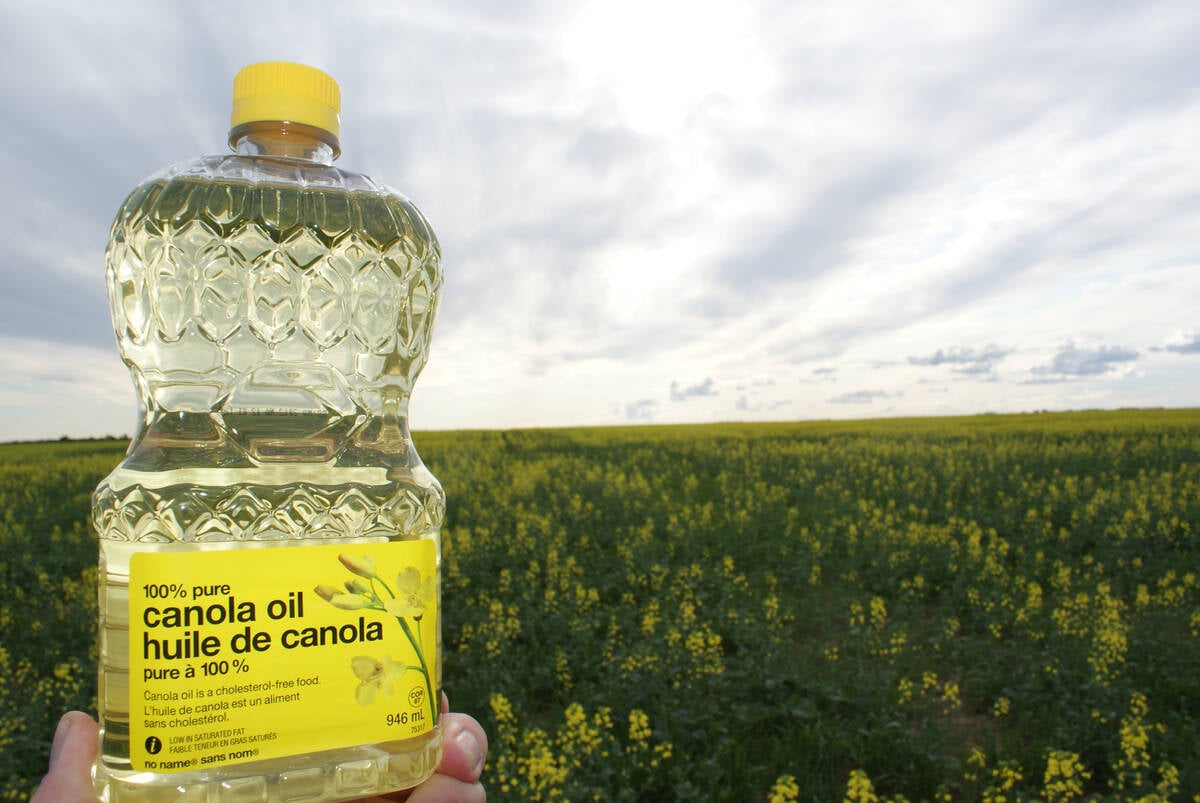SASKATOON — Changes to Saskatchewan’s hog grading table rewards producers for growing the heavier hogs the market demands, says an Agriculture Canada official.
Tom Veale said the new grid is designed to discourage producers from selling lighter weight hogs by discounting the price. It pays more for hogs that are heavier than ideal just to encourage producers to grow the heavier hogs.
“They’re revising the table to reflect the market and developing markets for heavier hogs,” said Veale, a grade standards supervisor.
Changes to the new grading grid were implemented at the beginning of the year. It’s the third time the grid has been changed since the advent of the provincial marketing boards.
Read Also

Rising vegetable oil demand may offset bad biofuel news
Global biodiesel/renewable diesel production is expected to decline for the first time in a decade. Bad timing for a canola industry looking for new markets.
Most exported
Unlike some provinces, about 70 percent of Saskatchewan’s hogs are exported. The new grid is a response to what the export customers want, said Don Hrapchak, sales manager with SPI Marketing Group, the provincial marketing group.
“Our customers want heavier,” said Hrapchak.
SPI can’t keep up with the demand for heavier carcasses from Mexico, Cuba, Japan and the United States. A change to heavier, leaner hogs won’t happen overnight. Producers will have to begin feeding and selecting hogs that have more lean meat and not just more fat, he said.
Lean to fat ratio
Unlike beef cattle, which are graded on a specific criteria of meat color, marbling and age, hogs are paid on their lean meat to fat ratio.
Veale is able to determine the amount of fat and lean meat as the electronic probe passes through the carcass.
That lean meat yield, fat content and the carcass weight are then used to determine how much farmers are paid. They can get up to 114 percent of the market price for producing ideal hogs.
“We’ve given them the vehicle to change. If they don’t raise leaner they will get penalized,” said Hrapchak.














